Growing Pains vs. Real Pain in Children: How to Tell the Difference
It’s bedtime, and your child starts complaining of leg pain—again. As a parent, you may wonder: is this just another case of “growing pains,” or could it be something more serious?
While growing pains are common and harmless, persistent or intense pain could signal an underlying orthopedic issue that needs medical attention. Understanding the difference can help ensure your child receives the right care at the right time.
What Are Growing Pains?
Growing pains are intermittent aches, usually in the legs, that affect children between the ages of 3 and 12. They are often felt in the thighs, calves, or behind the knees, mostly at night or after active days. The pain typically:
- Comes and goes
- Occurs in both legs
- Doesn’t affect the joints
- Doesn’t cause swelling or redness
- Goes away by morning
They are not associated with actual growth of bones, but are believed to result from increased physical activity, muscle fatigue, or sensitivity to pain during growth phases.
When to Worry: Signs of Real Pain
While most leg pain in children is harmless, some symptoms may indicate a more serious orthopedic condition. Seek medical evaluation if your child experiences:
- Pain in only one leg
- Pain during the day, not just at night
- Swelling, redness, or warmth around joints
- Limping or refusal to walk
- Joint stiffness or limited movement
- Fever or unexplained weight loss
- Pain that worsens over time
These signs could point to underlying issues such as juvenile arthritis, bone infections, orthopedic deformities, or even bone tumors (rare but serious).
Common Conditions That Mimic Growing Pains
- Flat feet causing strain on muscles and joints
- Knock knees or bow legs altering gait and posture
- Vitamin D deficiency leading to bone pain (rickets)
- Overuse injuries from high levels of physical activity
- Developmental orthopedic conditions, such as Perthes disease or slipped capital femoral epiphysis (SCFE)
What You Can Do as a Parent
- Keep a pain diary to track frequency, duration, and severity
- Use gentle massage, warm baths, or mild pain relievers for relief
- Encourage stretching exercises for the calves and thighs
- Ensure your child wears supportive shoes
- Consult a pediatric orthopedic specialist if symptoms persist or raise concern
Don’t Dismiss Ongoing Pain—Get Expert Insight
If your child’s leg pain doesn’t fit the typical pattern of growing pains, consult Dr. Nargesh Agrawal at Child OrthoCare. Early diagnosis can prevent long-term complications and support healthy development.
Address:
C-7, Ground Floor, D- Park, Model Town -3, New Delhi 110009
Phone: +91 88517 77145






